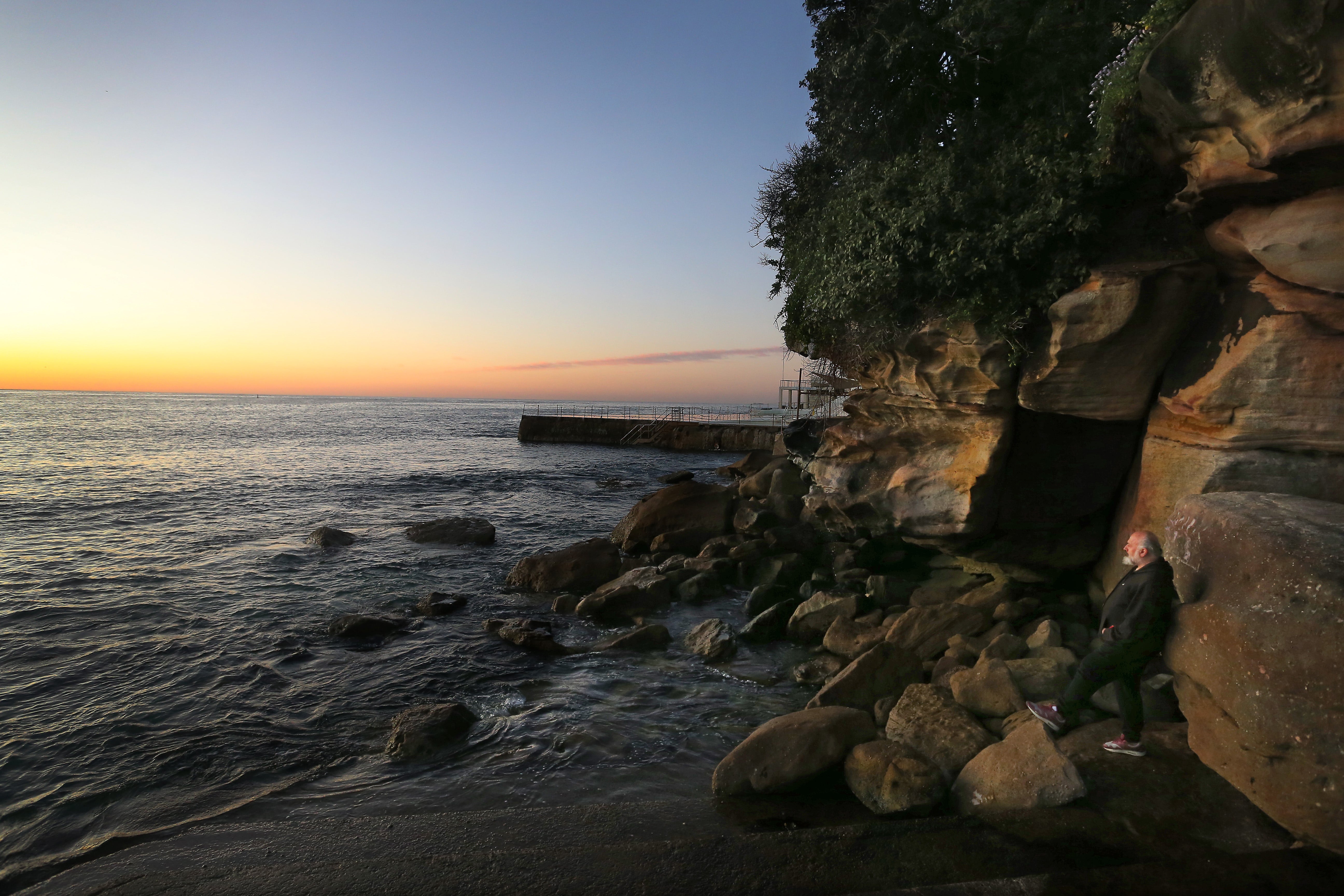Nearly two-thirds of Australia’s most famous tourist attractions, from Bondi Beach to Uluru, may be under threat from the climate crisis by 2050, a new report says.
The Climate Risk Index report, released by Zurich Financial Services Australia and economics consulting firm Mandala Partners on Monday, shows that at least half of the 178 major tourism spots across the country already face high risk from disasters.
These include national parks, beaches, and airports, with the situation expected to worsen as global temperatures rise. By 2050, the number of sites at risk could rise to between 55 per cent and 68 per cent, depending on the scale of warming.
If global temperatures rise by 2C, as projected by moderate scenarios, 55 per cent of the country’s tourism sites will be vulnerable. If the planet warms by 3C, an extreme scenario, up to 80 per cent of the sites could experience severe climate impacts by mid-century.
Queensland’s Daintree Rainforest is one area facing extreme peril. Rising temperatures and flooding are already affecting the delicate ecosystem. The risks posed by bushfires, floods and extreme weather could permanently alter the landscape and make some areas inaccessible to tourists.
The Kakadu National Park in the Northern Territory, a Unesco World Heritage site, is also at risk, with flooding and bushfires threatening its unique biodiversity.
The popular Bondi Beach is one of the many coastal areas at risk from the combined effects of rising sea levels, storms, and coastal erosion.

“Australia’s tourism assets not only play a significant role in an increasingly diverse visitor economy but are collectively central to our national identity,” Justin Delaney, CEO of Zurich Australia and New Zealand, said.
The tourism industry contributes $170bn a year to the economy and supports over 620,000 jobs. If a disaster like the 2019–20 Black Summer bushfires struck again, the country could lose up to 176,000 such jobs, some 65 per cent in regions where many of the natural attractions are located, the report says.
“In Australia we have focused a lot on how to reduce carbon emissions but less on how to prepare for the physical impacts of climate change that we are already seeing: tourist attractions destroyed by bushfires, tourism…
Click Here to Read the Full Original Article at The Independent Travel…
